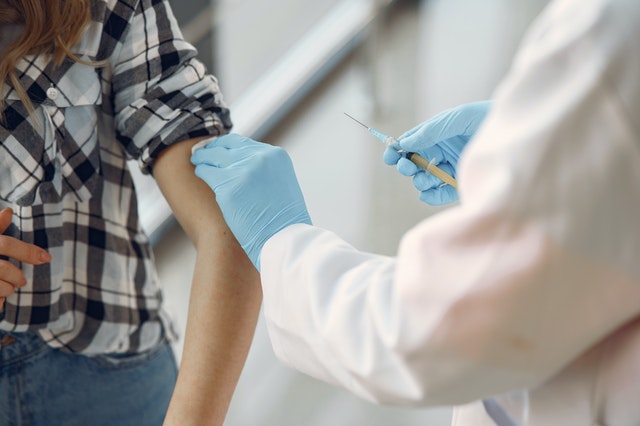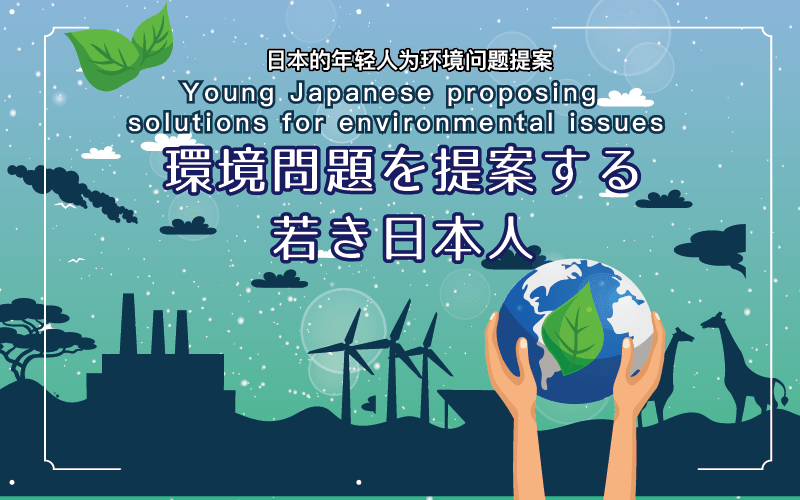Since July 2021, Covid has begun spreading widely once again. A current preventative measure is vaccination. In this article, we will gather the information on Covid 19 vaccines and look at the inoculation status in Japan.
How many vaccines are approved in Japan?
As of September 29, vaccines manufactured by the following three pharmaceutical companies are approved in Japan.
・Pfizer
・Moderna
・AstraZeneca
In addition, Johnson & Johnson filed for approval of their vaccine in May 2021. Among Japanese companies, AnGes, Shionogi & Pharma Co., LTD, KM Biologics, and Daiichi Sankyo are conducting international joint clinical trials.

COVID-19 Inoculation Rate in Japan
Vaccination has been promoted in Japan, too, beginning with the elderly. As of September 29, 2021, the vaccination status is as follows.
The number of vaccinations received: 106.3 million
The required number of vaccinations completed: 74.4 million
The required number of vaccinations completed in percentage: 58.9%
Looking at the required vaccination completion rate in the U.S. at 56.4%, Canada at 71.5%, and the UK at 67.2% as of September 29, we could say that, to some extent, the vaccination process is going smoothly in Japan.

COVID-19 vaccination rate ranking by prefecture
Now, let’s look at the vaccination rate by prefecture. All figures are as of September 29.
Top 3 prefectures
1st dose 2nd dose
1st:Wakayama 66.91% 61.30%
2nd:Gunma 69.12% 61.28%
3rd:Yamaguchi 67.59% 61.22%
Wakayama is ranked number 1. Vaccination by family doctors started in April 2021 in Wakayama city, and there being many places for people to receive the vaccine seems to have led to the number 1 ranking.
Gunma ranks second. They had announced that they would hold a lottery to win cars and travel tickets in order to encourage young people to get vaccinated, which seems to have had an effect.
Yamaguchi ranks third. One of the reasons for their high vaccination rate is because they successfully had a head start by cooperating with the prefectural medical association and the top of municipalities from an early stage.
Bottom 3 prefectures
1st dose 2nd dose
45th:Saitama 60.16% 48.37%
46th:Tochigi 60.91% 47.31%
47th:Okinawa 57.79% 45.76%
The bottom three prefectures are as listed above. Each prefecture has their circumstances and reasons, but they are required to create an environment that enables their citizens to be vaccinated as quickly as possible.

Vaccination flow
The following steps are required before you may receive a vaccination in Japan.
①Receive vaccination ticket
A vaccination ticket is required in order to receive vaccination. The ticket will be mailed to your home from the local government.
②Make an appointment
Once you receive your vaccination ticket, make an appointment for vaccination. The venue will be a medical institution, public hall, gymnasium, etc. Make sure to check in advance.
③Bring your vaccination ticket to the inoculation site
At a group vaccination venue, you will be asked to show your vaccination ticket and verify your identification with a driver’s license or an insurance card, etc., so be sure to bring an identification form with you.
④Preliminary examination and inoculation by a doctor
A doctor will give you a preliminary examination after that. You will fill out the questionnaire about your current health condition and any illness you have had, and a doctor will decide if you can receive the vaccination. If there is no problem during the above process, the vaccination will be conducted.
After you finish the vaccination, you will receive a vaccination ticket which has information including the date of vaccination and the type of vaccine you received.
⑤Follow-up time
A follow-up of 15 minutes or more is required after the vaccination. Those who have completed the vaccination can stay in the waiting space provided at the venue and return home after that if there are no problems.

Summary
The vaccination rate of Tokyo, which has the largest population in Japan, is 54.29% and is ranked the 19th out of all the prefectures in Japan, and Osaka is ranked the 42nd with 49.15%, which indicates that the vaccination system is not yet in place in big cities with large populations. Also, completing the required number of vaccinations does not mean you will never get infected. Precautionary measures such as wearing masks and avoiding crowds should continue to be taken.
















